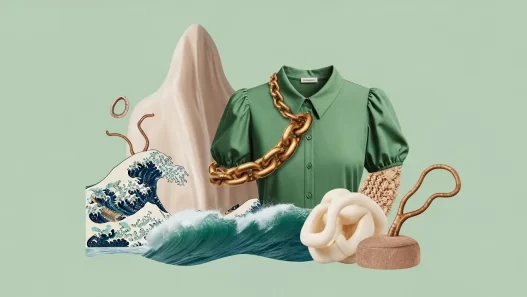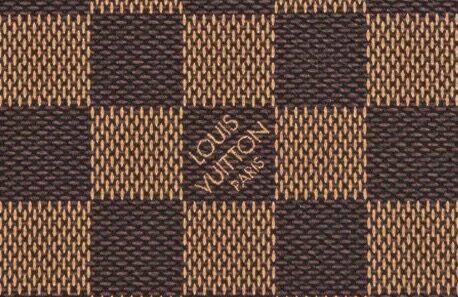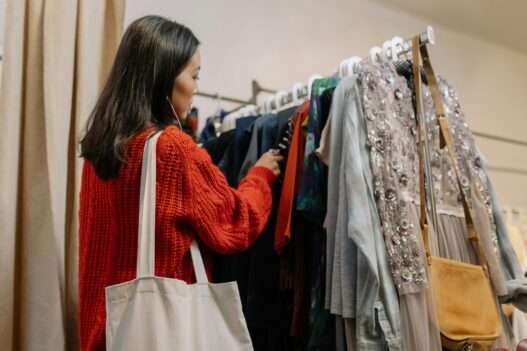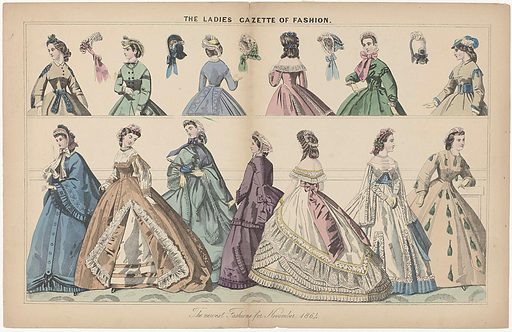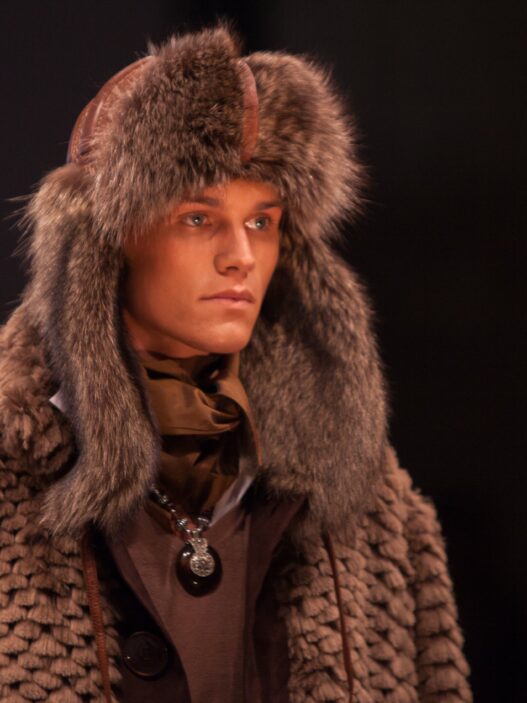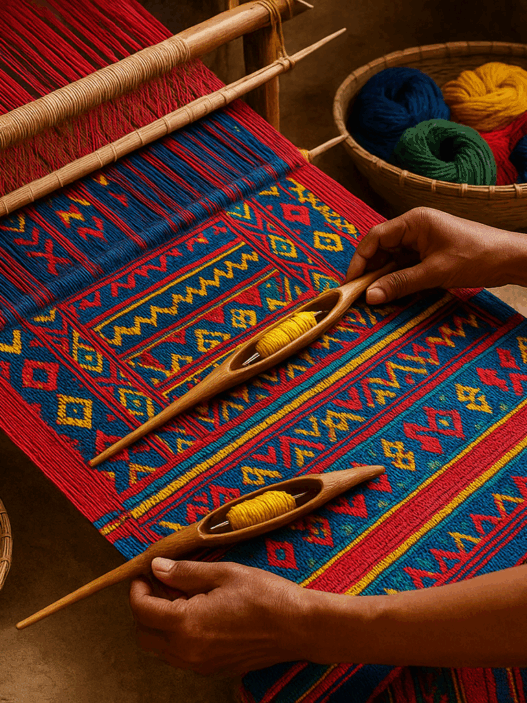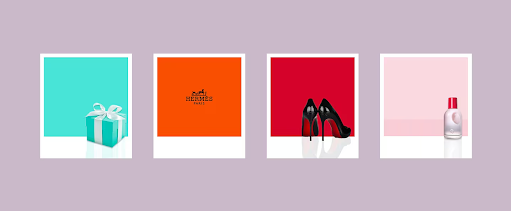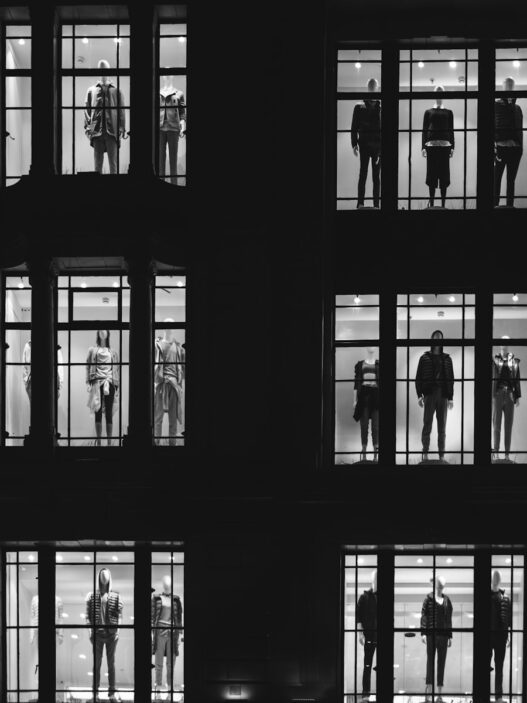Just the tag in itself of Sustainable Fashion is often deemed to be superficial and oxymoronic. For an industry which is built on surviving through trends and profits depending on mass consumption, how can a brand survive successfully by being truly sustainable? In this article, we will explore how it is possible, and this wave is striking the industry just at the right time, as the rising consumer awareness and new laws build on this setting, but with a sustainable horizon.
What Does Sustainability Really Mean in the Fashion Industry?
Beyond how it is primarily used by countless numbers of brands as a mere marketing buzzword, the holistic goal must encompass environmental integrity, social equity, and even economic viability to keep it accessible and pervasive. In practice, sustainability in the fashion industry stands for reducing the consequential environmental impact while ensuring the workers’ rights and well-being are enforced and protected. Changing the current practices and harsh reality of derisory wages, excessive hours, and unsafe conditions, in the age where technology stands on the side of human advancement, we still can’t afford to contribute negligently or be a bystander to incidents like the Rana Plaza disaster, when a factory building in Bangladesh, Dhaka, the eight-story Savar building, collapsed, resulting in the death of 1,100 garment workers. The concerns permeate through every angle of working conditions, from workplace conditions to how certain investigative reports have come forward revealing that ultra-fast fashion retailers like Shein’s factory workers in China earned as meagre as 4 cents per garment and toiled for 18 hours a day with only one day off per month. All such aspects count as labour abuse; for tackling these, modern slavery laws have to be looked into to be able to function legally with the tag of sustainability.
And in its entirety, the tag of sustainability carries with it the accountability of the following things: imbibing the practice of carbon accountability throughout the production cycle, keeping in check production and addressing overproduction and waste in lieu of advertising and profit-maximising strategies. The entire lifecycle of the garment has to be rethought to determine consequentialism for apparel produced, and who all are impacted by every stage, what the negatives are, and how they can be reduced with the ideal goal of keeping it to a minimum or zero.
Despite the glamour that happens on the other side of the curtains, when it comes to the negative environmental impact, the fashion industry has been dubbed as one of the world’s dirtiest industries. What are the polluting factors? The greenhouse gas production occurs with the production, processing, and transporting of textiles. The long-drawn supply chains still remain energy-intensive, from the petroleum-based synthetic fibres. Now zoom out and see how incessant these statistics become with the fast fashion model banking on every trend.
Water and chemical pollution are equally present in the fashion crime scene. Think of all the unaccounted-for wastewater pollution from the rivers in manufacturing hubs like Bangladesh, India, and China, with the multicoloured dyes laden with toxic chemicals heavy enough to make the Cuyahoga River blush. With many chemical dyes like azo and other heavy metals present, they wreak havoc on aquatic ecosystems and potentially pose serious health risks to workers and local communities.
Then again, adding to the following list of ailments from environmental degradation by the fashion industry is the textile waste epidemic. It is estimated that nearly 92 million tonnes of textile waste is generated globally, and this leads to landfills like the Atacama Desert in Chile or Accra, Ghana, becoming the fashion graveyards grave enough to be visible from space.
How to Launch a Fashion Brand That’s Truly Sustainable
Congratulations on your creative direction, ideation, and entrepreneurial spirit to start a fashion brand or learn how to start one. There are certain milestones you should quest to achieve and certain red flags you should be wary of, and that is why, to do away with the wry path of being unguided, below is presented to you a blueprint for being on point.
Step 1 – Define Your Idea of Sustainability and Match It with Legal Standards and Obligations.
Sustainable fashion lies far beyond switching to organic cotton or recycled polyester. It means the sum total of your brand operations: what environmental impact you cause at every stage. From the time you make designs using AI software, what energy consumption goes into the ideating and drawing, to how much is being consumed at the factory where it is going to be made. Are your workers paid as per the law? Do you have insurance for the workplace? Are the fire hazards put away with hydrants and the needed warnings and training? Is the basic healthcare procedure followed? Do your workers have the knowledge that such benefits are their rights and that they can hold you accountable if not provided with the same?
And then, once the garment is made, what happens when it is finished? Do you opt for the most environmentally friendly way of transporting it, and tackling operations like returns, etc.? Is your packaging environmentally friendly? So many questions to tick mark.
All in all, know your product lifecycle inside out and match it with legal and ethical standards – not just a simple green label and Instagram campaign.
STEP 2 – Attain the Global Certifications That Actually Back Your Green Label
To wear and honour in the truest sense the badge of sustainability, your brand’s operations have to speak for themselves, and their voice gets recognised through the global certifications heralded, acting as the needed standard and external standardised validation of your claims. They document the real-time accountability that consumers, investors, and regulators now expect and take action upon.
Following is the list:
[1] B Corp Certification – One of the toughest to achieve for a brand, as it measures your brand’s total impact on workers, community, environment, and governance. Furnished by B Lab, based in the United States and instituted in 2006, which is a nonprofit network with the vision of transforming the global economy whilst ensuring all stakeholders – the people, the communities, and the planet – benefit. To further qualify, you must structure your company’s legal status to consider all the stakeholders, be prepared to undergo a 200-plus question impact assessment, and prove transparency, whilst scoring 80 or above and passing the risk review. It is about embedding sustainability into the DNA of your company, not just your products, by making a legal commitment by changing the corporate governance structure to present a face which is accountable to all stakeholders, and with the exhibition of the standard of making performance measured against B Lab’s standards publicly available.
[2] GOTS – Global Organic Textile Standard – Standing as the global standard for organic fibres, it was founded by four organisations: the Organic Trade Association (OTA, USA), Internationaler Verband der Naturtextilwirtschaft (IVN, Germany), The Soil Association (UK), and Japan Organic Cotton Association (JOCA, Japan). The expertise and furtherance of their joint certification brings is that of being rooted and extensively experienced in promoting “organic” and developing individual processing standards for organic textiles. The origin story of GOTS began at the Intercot Conference 2002 in Düsseldorf (Germany). The organisation came about as the need for a harmonised standard and pedestal was realised that stood globally accepted, as the different standards were becoming an obstacle in the setting of international exchange and recognition of organic textiles. In 2006, after four years’ worth of negotiation, the first certification came about, taking into its ambit the demand from retail market sentiment, which offered willingness showcased on their end for compliance with GOTS by attaining a logo on certified organic garments. Operational since 2008, GOTS has been the certification which covers the entire production process undertaken by a company based on the use of organic fibres as expressed on their tags, encompassing the stages of processing and manufacturing up to licensing and labelling.
[3] OEKO-TEX® Standard 100 – The label for textiles which have gone through testing for harmful substances, standing as the industry-level and consumer-protection benchmark for textile safety throughout the process. It ensures that the article is harmless to wear and to human health. Every single aspect – from thread, button, and accessory aligned with apparel – has been tested against over 1,000 harmful substances as recognised, and maintains compliance against stricter human ecology requirements and laboratory tests. It is based on globally standardised test criteria, and the review takes place at least once a year.
[4] bluesign® – Founded in 2000 in Switzerland, bluesign now stands as an industry-level recognised comprehensive solution provider enabling sustainable practices throughout the supply chain. This certification stands out by its claim of going beyond testing finished products and instead proactively auditing the input stream management at every stage of production, ensuring safety for workers, consumers, and the environment.
[5] Cradle to Cradle Certified® – Established in 2005 by the Cradle to Cradle Products Innovation Institute, this certification approaches sustainability through the lens of the circular economy and material health. Unlike certifications that stop at input checks, Cradle to Cradle evaluates five categories: material health, product circularity, clean air and climate protection, water and soil stewardship, and social fairness. Products are scored from Basic to Platinum depending on how well they meet criteria in each category, and brands must recertify every two years to maintain the label. It pushes companies to design not just for reduced harm but for positive impact – meaning garments are created with safe materials, capable of being endlessly reused, recycled, or composted. For fashion, this is especially significant as it demands that fabrics, trims, and dyes are selected with full knowledge of their long-term impact and potential for circular reuse.
Building a Brand That Lasts Beyond Trends: The Key Takeaways
Now that you have gone through exactly how a sustainable fashion brand is supposed to be, what a sustainable fashion brand truly is, we also want to leave you with specific questions about what is already available. If you think of putting images on models that reflect unhealthy standards, cropping bodies into unrealistic ideals, or even paying low wages to the models who represent your brand, then what level of sustainability are you truly operating at? Think beyond what has already been provided and ensure that sustainability goes into every step you take in progressing forward with the vision of your brand.
The tag of sustainability should not just be earned through slogans or seasonal “green” campaigns, but through consistent alignment of your philosophy and your brand operations with environmental, social, and legal accountability. May we hope that this has inspired you to ask these questions every time you take a step in the furtherance of your brand.
Specific key takeaways for any founder or team member:
- Know your product lifecycle inside out. From the beginning of ideation to the materials, to the manufacturing process, to the kind of workplace standards you enforce, to the way garments are transported, and finally to their end-of-life. When a product is given to the consumer, ask: how long will it last, and how will it decompose or recycle? Every stage has an impact, and every effect must be measured, reduced, and reported. This is your accountability.
- Treat people as central. From your workers to your consumers, people are the core of your business. Ensure safe working conditions, fair pay, and community benefit. Think of Brunello Cucinelli and how he has built his brand around community dignity. Wherever your supply chain reaches, every person involved must be taken care of. Worker rights are not optional – they are foundational. And when it comes to consumers, listen and respond to how they experience your product’s lifecycle.
- Certifications provide credibility. B Corp, GOTS, OEKO-TEX®, bluesign®, and Cradle to Cradle Certified® are more than badges. They have earned their repute through years of innovation and negotiation. Attaining them gives you proof points against scrutiny from consumers, investors, and regulators at first sight.
- Circularity is the way forward. Design for durability, repairability, and recycling. Supporting circularity does not mean killing your profits – it means structuring them strategically. If resale or take-back models are embedded within your brand ecosystem, they can reduce overproduction while maintaining profitability. Strategic planning and financial modelling should be built in even before operations begin.
Transparency protects you. In an era where companies are exposed for false green claims, disclosing where your supply chain begins, who your suppliers are, and what audits and data you hold can protect you from reputational collapse. Regulators are already moving against greenwashing. Honesty is not only ethical but also a strategic advantage – one that can support profit maximisation, community building, and an enduring legacy.



